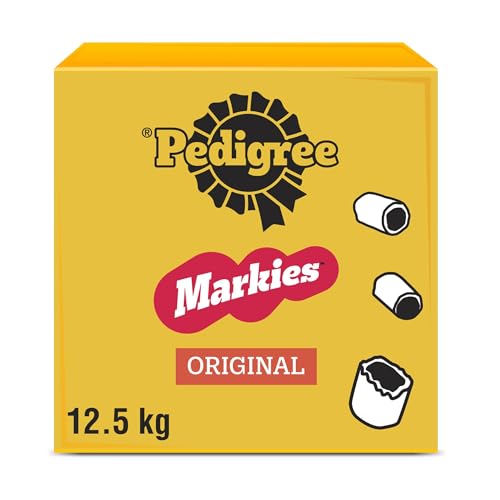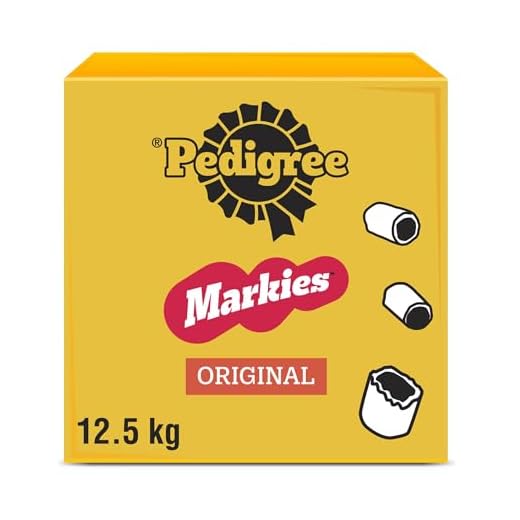




Feeding your canine companion these culinary delights can lead to both joy and concern. While many pet owners enjoy treating their furry friends to a tasty snack, caution is necessary. It’s vital to assess the risks associated with offering cooked items from animals, as they can splinter and cause serious internal injuries.
To ensure your pet’s well-being, opt for raw variants instead. These can provide the same enjoyment without the associated dangers of cooking. Raw options retain their nutritional benefits and are less likely to break apart in a way that could harm your beloved pet. Always supervise your pooch while they enjoy their treats. This way, you can monitor their chewing habits and intervene if necessary.
Additionally, consult your veterinarian before introducing any new food into your pet’s diet. They can provide tailored advice based on your dog’s health, size, and dietary needs. Keeping your furry friend healthy and happy should be the primary goal while exploring safe snack options.
Marrow Treats: A Cautionary Note
Feeding your furry friend these treats can lead to serious issues. While many pet owners enjoy giving their canines a special snack, the risks often outweigh the benefits. Cooking can alter the structure of the treats, making them brittle and prone to splintering. This splintering poses a choking hazard or can cause damage to the digestive tract.
Health Risks
Digestive blockages and potential internal injuries are major concerns. If your pooch manages to ingest sharp fragments, surgery may be required to resolve any complications. Additionally, cooking can strip natural nutrients, diminishing the dietary value of the treat.
Alternatives to Consider
Instead of these treats, consider alternatives like raw, unprocessed options or specially designed chew toys. They provide similar enjoyment without compromising safety. Always consult your veterinarian before introducing new snacks into your pet’s diet to ensure their health and well-being.
Understanding the Nutritional Value of Marrow Bones
Choosing the right chew for your canine companion can enhance their diet significantly. Marrow-filled treats are especially nutrient-dense, offering a variety of health benefits. High in fat and protein, these chews provide essential energy and help maintain a healthy weight, which is crucial for active breeds.
Key Nutrients
These treats are rich in vitamins and minerals. Calcium and phosphorus are abundant, supporting strong bones and teeth. Additionally, they contain iron, which is vital for blood production, and B vitamins, which aid in energy metabolism. The fatty acids present also contribute to a shiny coat and healthy skin.
Considerations for Serving
Introduce these treats gradually into your pet’s diet to monitor their tolerance. Always supervise chewing sessions to prevent choking hazards. If you’re preparing to engage your pup in training, consider using a long line dog training lead to keep them focused while enjoying their chew.
Offering marrow treats can be a delightful way to bond with your furry friend while ensuring they receive valuable nutrients. Always opt for high-quality sources and consult your vet if you have specific dietary concerns.
Potential Risks of Feeding Roasted Marrow Bones
Feeding these treats poses several hazards. First, they can splinter easily, leading to sharp fragments that might injure a canine’s mouth, throat or digestive tract. I recall a friend’s experience where her hound swallowed a piece that caused a blockage, requiring emergency surgery. Such incidents are not uncommon.
Digestive Issues
Gastrointestinal disturbances can arise from consuming these delicacies. High-fat content may result in pancreatitis, a painful and serious condition. I once witnessed my own pup suffer after indulging in a fatty treat; the vet was clear that high-fat snacks were a major contributor to his discomfort.
Bacterial Contamination
Another concern is bacterial contamination. If not handled properly, these treats can harbour harmful bacteria like Salmonella or E. coli. I’ve learned the importance of sourcing from reputable suppliers and ensuring proper storage to minimise risks. Always wash hands and surfaces after handling to avoid cross-contamination.
It’s crucial to monitor your pet closely after providing such treats. If any signs of distress, such as vomiting or lethargy, appear, seek veterinary advice without delay. Making informed choices helps ensure our furry companions remain healthy and happy.
How to Prepare Marrow Bones for Canine Consumption
Start by selecting high-quality, fresh pieces from a reputable butcher. Aim for larger cuts to reduce the risk of splintering during chewing. Avoid any bones that have been chemically treated or are excessively fatty.
Cleaning the Bones
Thoroughly rinse the selected pieces with cold water to remove any surface debris. Soaking them in cold water for a few hours helps eliminate residual blood and impurities. This step ensures a cleaner product for your furry companion.
Cooking Process
Place the cleaned bones in a roasting pan and bake them in the oven at a low temperature, around 160°C (320°F), for 20 to 30 minutes. This method retains nutrients while reducing the risk of harmful bacteria. Avoid cooking them at high temperatures, as this can make the bones brittle, increasing the chance of splintering. Allow the bones to cool before serving.
Store any uneaten pieces in an airtight container in the fridge for up to three days. Discard any bones that show signs of cracking or splintering after cooking, as these can pose risks during consumption.
Signs of Adverse Reactions in Canines After Consuming Chews
Watch for these signs if your furry friend has indulged in a chew: vomiting, diarrhoea, and excessive drooling. These symptoms may indicate an upset stomach or a more serious issue.
Behavioural changes can also be telling. If your companion becomes lethargic, refuses to eat, or shows signs of discomfort such as whining or pacing, take note. These changes could signal that something isn’t right.
Another indication to monitor is any difficulty in bowel movements. Straining to defecate or producing hard, dry stools can suggest potential blockages or digestive distress. Additionally, if you notice blood in stools or vomit, seek veterinary assistance immediately.
Physical signs like swelling around the jaw or in the abdomen, along with signs of pain when touched, warrant urgent attention. These could signify fractures or other injuries resulting from chewing.
Keep a close eye on your pet after they’ve had a chew, especially if it’s a new addition to their diet. If any of these signs appear, it’s best to consult a vet to ensure your furry friend remains healthy and happy.
Alternatives to Roasted Marrow Bones for Dogs
If you’re looking for tasty options to keep your canine companion engaged and satisfied, consider these alternatives that offer both enjoyment and safety.
Raw Bones
Raw alternatives, such as beef or chicken necks, are excellent for chewing and contain natural nutrients. They are softer than their roasted counterparts, reducing the risk of splintering. Always supervise your pet during chewing sessions to avoid any choking hazards.
Chew Toys
Durable rubber or nylon chew toys are fantastic substitutes that can withstand vigorous chewing. Brands like KONG offer designs that can be stuffed with treats or peanut butter, making them enticing. They also promote dental health by keeping teeth clean as dogs gnaw on them.
| Alternative | Benefits | Considerations |
|---|---|---|
| Raw Bones | Rich in nutrients, softer texture | Supervision required |
| Chew Toys | Dental health benefits, long-lasting | Choose the right size for your pet |
| Freeze-Dried Treats | High protein, easy to digest | Check for additives |
Freeze-dried treats made from meat are another great option. They provide protein without the risk of splintering and can be easily broken into smaller pieces for training. Always check the ingredients to avoid artificial additives.
In my experience, rotating between these options not only keeps my dog entertained but also promotes good health. Each dog is unique, so observe how your pet reacts to different choices to find what they enjoy most.
Recommendations from Veterinarians on Bone Safety
Consulting with veterinarians reveals key insights regarding the risks associated with giving your furry friend certain chewable items. Here are the primary recommendations from experts:
- Choose raw over cooked: Many veterinarians advise opting for raw options as cooking alters the bone structure, making them more prone to splintering.
- Size matters: Select items that are appropriately sized for your pet. A large breed could handle bigger pieces, while smaller dogs should have items that they can manage without choking hazards.
- Monitor consumption: Always supervise your pet while they chew. This reduces the risk of choking and allows you to intervene if any issues arise.
- Limit frequency: Regularly offering these chewables can lead to gastrointestinal issues. Experts recommend limiting these treats to no more than once a week.
- Check for fractures: Before giving any chewable, examine it for cracks or splits. Damaged pieces increase the likelihood of splinters.
- Consult your vet: Before introducing any new chewable, especially if your pet has pre-existing health concerns, seek professional advice. Each dog has unique dietary needs.
In my experience, I’ve learnt to pay close attention to how my dog reacts to different chewables. After a few instances of upset stomach, I now stick to recommendations from my vet and focus on safer alternatives. It’s about ensuring our furry companions enjoy their treats without unnecessary risks.








